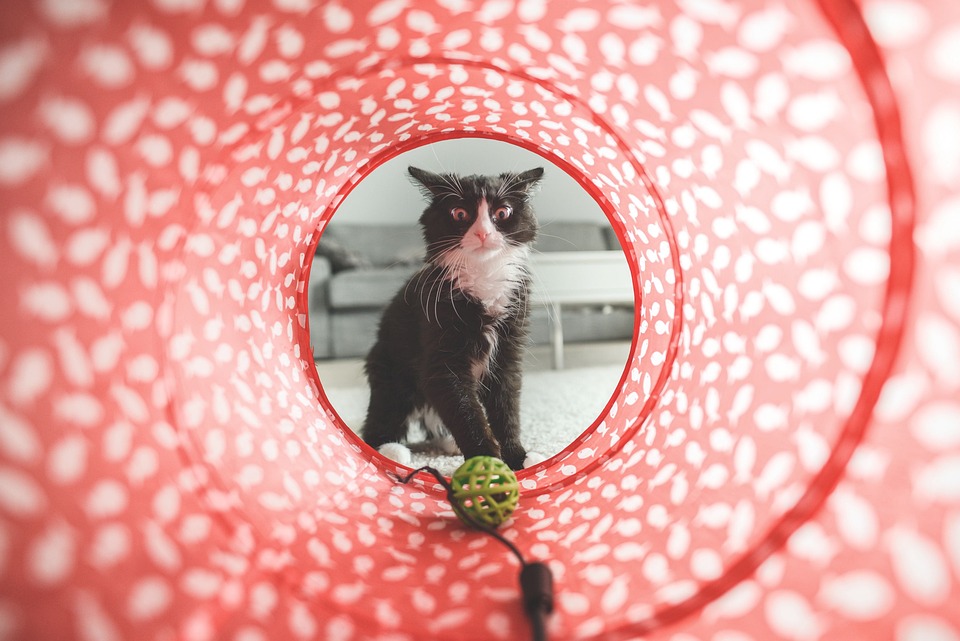Dental disease is a common problem in cats, and if left untreated, it can lead to serious health issues. In this article, we will discuss the signs of dental disease in cats and what you should watch out for to ensure your feline friend maintains optimal oral health.
Dental disease, also known as periodontal disease, is a condition that affects the teeth, gums, and surrounding structures in the mouth. It is caused by the buildup of plaque and tartar on the teeth, which leads to inflammation, infection, and damage to the teeth and gums. If not addressed, dental disease can progress and potentially result in tooth loss, pain, and even systemic infections affecting vital organs.
Here are some common signs of dental disease in cats that you should watch out for:
1. Bad breath (halitosis): Foul-smelling breath is often an early indicator of dental disease in cats. The odor is caused by the bacteria present in the mouth, and it should not be ignored as just “normal cat breath.”
2. Drooling: Excessive drooling, especially if it is accompanied by other signs, can be a sign of oral discomfort or dental disease.
3. Difficulty eating or loss of appetite: Cats with dental disease may experience pain while chewing, making them reluctant to eat or causing them to eat much more slowly than usual.
4. Weight loss: If your cat is losing weight despite having a good appetite, it could be due to dental disease. The pain associated with chewing can cause cats to avoid eating, resulting in weight loss over time.
5. Pawing at the mouth: Cats in pain often paw at their mouth or face. If you notice your cat frequently rubbing or pawing the area around their mouth, it could be a sign of dental discomfort.
6. Red and swollen gums: Healthy gums should appear pink and firm. In cats with dental disease, the gums may become red, swollen, or even bleed when touched.
7. Visible tartar or plaque buildup: Lift your cat’s lip and examine their teeth. If you notice yellow or brown deposits on the teeth, it is a clear sign of dental disease.
8. Behavioral changes: Cats in pain may exhibit changes in behavior, such as increased aggression, irritability, or withdrawal from social interactions.
To prevent dental disease in your cat, regular dental care is crucial. Brush your cat’s teeth with a cat-specific toothpaste and toothbrush, provide dental treats or toys, and ensure they have a balanced diet that promotes good oral health.
Unfortunately, once dental disease has advanced, it cannot be reversed with home care alone. Professional veterinary dental treatment, including cleaning, scaling, and potential extractions, may be necessary to address the issue effectively.
It is recommended to have a thorough dental examination by a veterinarian at least once a year. Your vet can identify early signs of dental disease and provide appropriate treatment or preventive measures.
While dental disease can affect cats of all breeds, certain breeds, such as Siamese, Persians, and Abyssinians, may be more predisposed to dental issues due to genetic factors.
While home care can help prevent dental disease, it cannot treat advanced cases. It is best to consult with a veterinarian for proper diagnosis and treatment options.
By paying attention to the signs of dental disease in your cat and providing them with regular dental care, you can help ensure their overall well-being and prevent potential complications. Remember, a healthy mouth leads to a happy and healthy feline companion.








